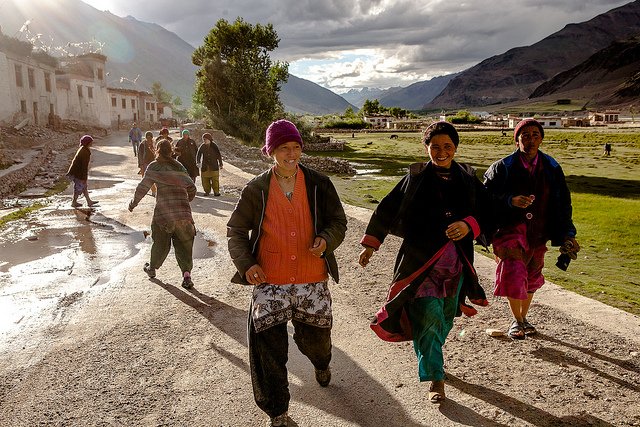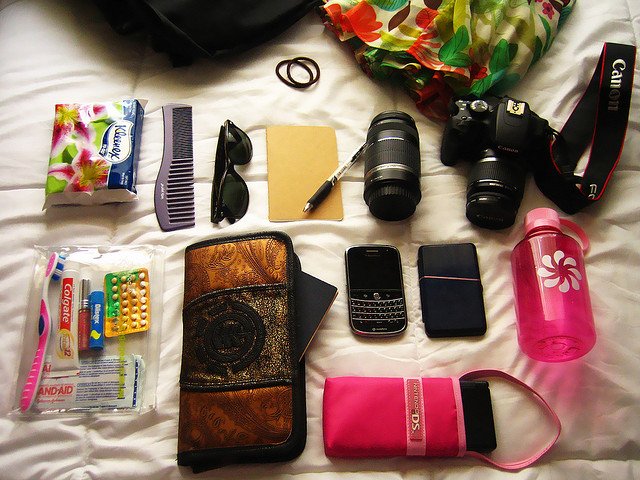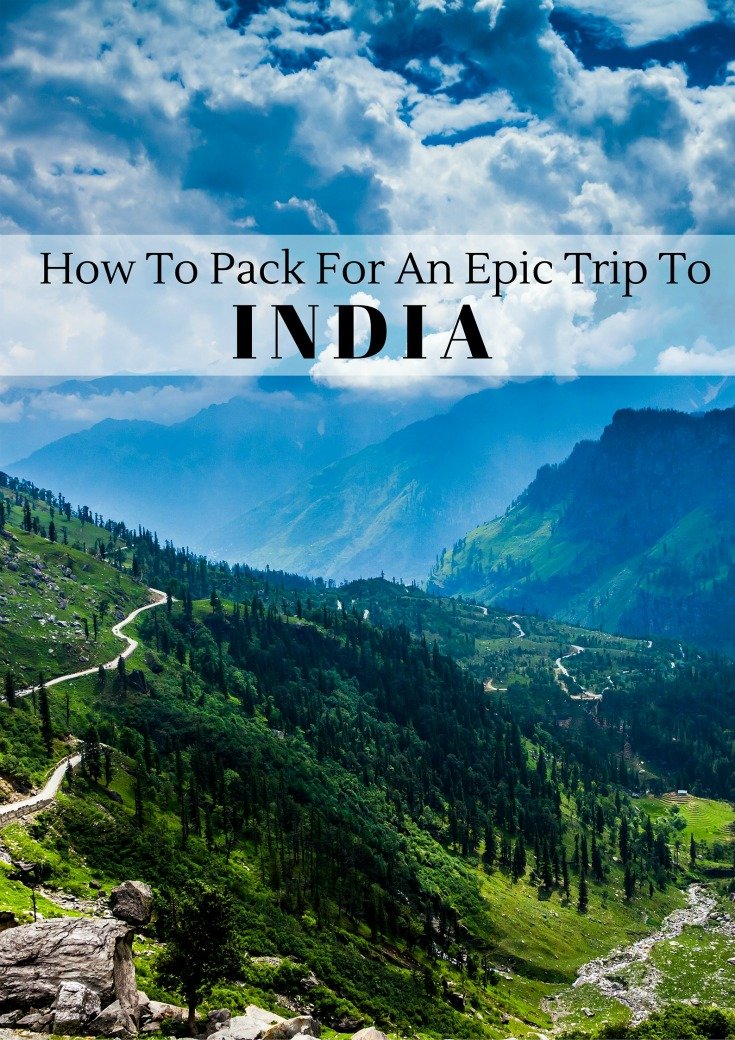By Jeannie Mark
If you’ve always dreamed of India, you may be excited to get your trip started, but it’s important to pack the right things.
India is majestic and has wondrous things to experience in Delhi and around the country. But it’s always smart to be prepared.
Many people believe India is a challenging country, but if you know what to pack, you’ll have a wonderful trip!
Our recommended packing list is based on a two-week trip to the Indian Himalayas.

How To Pack For An Epic Trip To India
Clothes
When bringing clothes to India, keep in mind you’ll be in tropical temperatures in the south, and cooler temperatures in the north. It certainly depends on what time of year you visit as well. The hottest months of the year in India is from March to May. Monsoon season is June to October and the winter season is from November to February. By wintertime, northern India can be quite nippy and you’ll find yourself pulling out long sleeves or a fleece jacket. While the summer months are sweltering, it’s a good idea to pack lightweight fabrics.
For all travellers, It’s important to be respectful of another’s culture. Indian society is somewhat conservative when it comes to dress. Women shouldn’t show their legs or shoulders. Also, refrain from v-necks that dip low. Men should wear long pants in temples and not go shirtless in rural area, unless you are visiting a beach town. Here’s a breakdown on the clothes to pack for a trip to India:
1. Two pairs of shorts (for women, we recommend only wearing these in major cities).
2. 1 pair of long pants.
3. 3 tank tops.
4. 2 – 3 t-shirts.
5. 3 underwear.
6. 3 pairs of socks.
7. One pair of shoes for walking/hiking. (Do not buy a new pair of shoes to break in on a trip.)
8. Good walking sandals, like Sandles or Tevas.
9. Two pairs of long sleeves warm shirts. Dependant on what time of year you travel, you may need these, or you may not.
10. For women: a long, airy skirt that goes to the ankle.
11. A hat for hot days.
12. Water bottle (to fill up with bottled water- easier to carry around).
13. Sunglasses.
A final tip here is to buy clothes when you get there. For women particularly, it’s a wonderful experience to be custom fitted for a beautiful sari or salwar. An experience I highly recommend.
Toiletries
This piece of packing can be the most stressful because it’s important to bring the right items for your health and hygiene. We’ve made it easy for you. Here are the toiletries to pack for your trip to India:
1. Hand sanitizer.
2. Small bar of soap.
3. Travel toothbrush and toothpaste.
4. Sunscreen.
5. Mosquito repellent (either with deet or a natural one, if you prefer).
6. Tea tree oil (good for skin problems or cuts and scrapes).
7. Razor (for men or women).
8. Aloe Vera for sunburns.
9.Personal wipes – Good for any occasion as public washrooms do vary in supplies across the country.
Medicinal/Supplement Suggestions For A Trip To India
1. Golden seal.
2. Oregano Oil Capsules (for any kind of intestinal upset – works much better than pharmaceuticals).
3. Probiotics to keep the flora in your stomach healthy.
4. Airborne – A great travel supplement. Click here for more information.
5. Prescription for ciprofloxacin, in case of the dreaded Delhi Belly.
6. Peppermint oil – Terrific for cooling off a hot head or a fussy belly.

Extras To Include In Your Suitcase
Like any savvy vacationer, you’ll want to take a few more things to make your trip complete.
1. Point and shoot camera or DSLR – You’ll want to capture the astounding scenes and colors of India.
2. iPad – For email or keeping in touch with friends on Facebook.
3. Smartphone (optional) – Useful if you enjoy taking photos on your phone more than your camera.
With this comprehensive packing list, you’ll be all set for an epic India adventure. Just be sure to snap that eponymous photo in front of the Taj Mahal.
What would you suggest to pack for an epic trip to India?
Pin this post for later!

About the Author

Jeannie Mark left the corporate cubicle in 2010 and bought a one-way ticket to India, never looking back once. Through her travel/creative website, Nomadic Chick she inspires other women to seek out the same, an impassioned life full of purpose. You can also find her on Facebook and Twitter.







